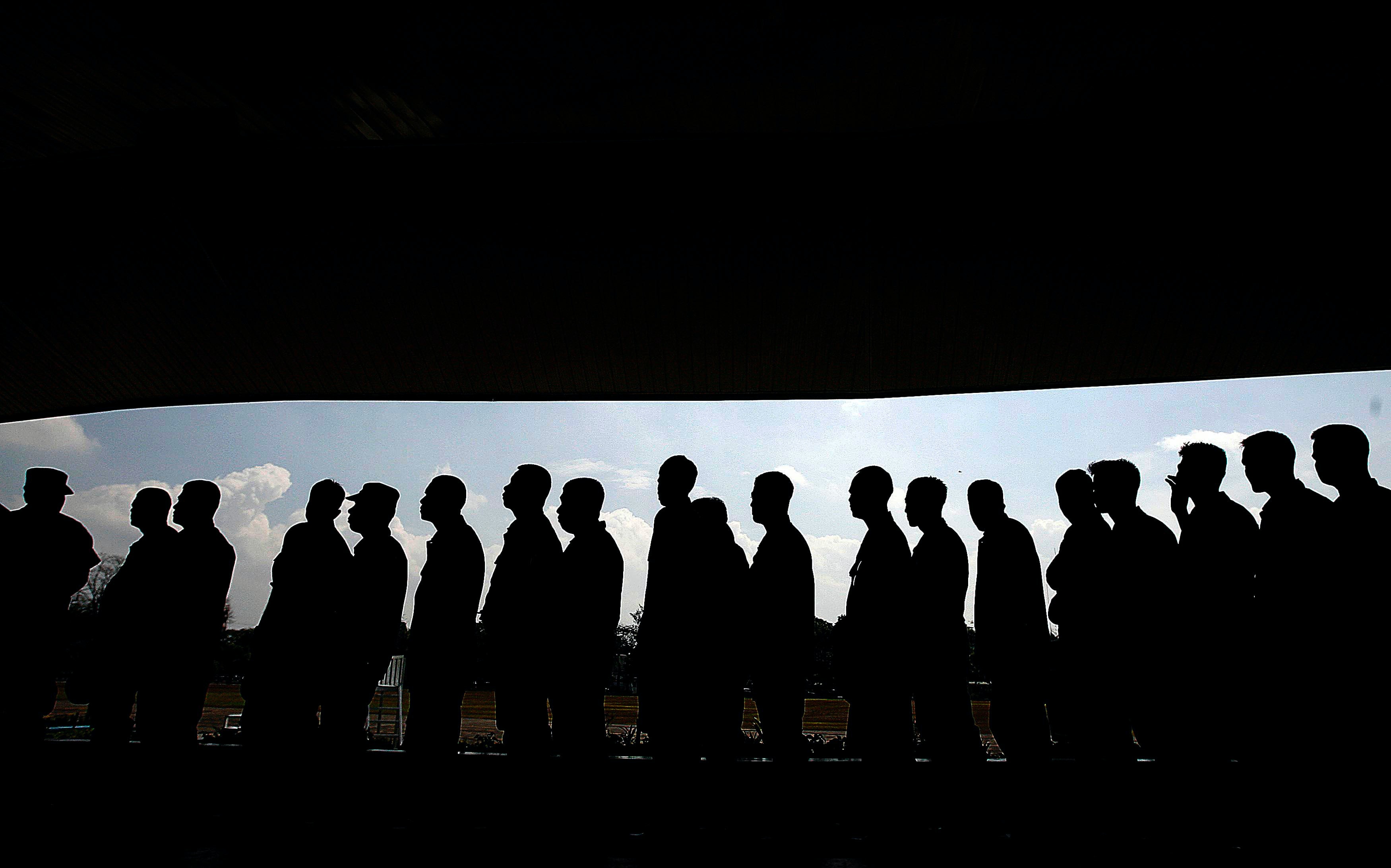Men and women are each about half the population. Recent studies revealed that according to billions of words on the internet, people think of a “human” more as a man than a woman. Such gender bias in our collective understanding of a “human” may privilege men, and might create costs and risks for others.
Views 1620
Reading time 4 min
published on Jul 21, 2023
You probably don’t need a dictionary to define the word “human.” This concept is (theoretically) a simple catch-all for all human beings, regardless of characteristics like age, race, or gender. In many applications—such as concerning “human rights”—it is important that this concept include everyone. In practice, however, it is less inclusive than you might think.
In a new
paper published in
Science Advances, my collaborators and I find that our culture prioritizes men more than women in concepts like “human.” The research—a collaboration between myself, Meta AI research scientist and linguist Dr. Adina Williams, and NYU psychology professor Dr. Andrei Cimpian—finds that millions of people on the internet use words like “human” more similarly to how they talk about men than women.
This research uses artificial intelligence tools from computational linguistics that process a large cross-section of the internet, over
630 billion, mostly English, words from news articles, personal blogs, web forums, corporate websites and more. These linguistic tools capture what words mean based on how they are used.
To understand the basic principle of how these tools work, consider the sentence “this morning I boiled water in the dax for tea.” You might guess that “dax” means something like “kettle,” even though “dax” is made-up. This is because you are making assumptions about “dax” based on how it is used and because the other words in the sentence (e.g., “tea”) often appear alongside “kettle” in everyday use. The methods in our research are based on this same basic idea that there is something important about the meaning of words that is captured by how they are used.
In our first study, my collaborators and I investigated “human,” “person,” “people,” etc. We found that people use these gender-neutral concepts more similarly to how they use words for men (e.g., “male”, “he”) than words for women (e.g., “female”, “she”).
We built on this finding in our first study with two other studies that pointed to similar conclusions.
In the second study, we investigated a large list of hundreds of common trait words that describe what people in general are like (e.g., “extroverted”). We again found that these general descriptors—sourced from existing research in personality psychology—were more associated with words for men than words for women.
The third study used a similar approach but investigated a large list of verbs (e.g., “run”). Our data showed that these verbs are also more associated with men than women, again based on billions of words on the internet.
In these studies, we also separately broke down traits and verbs that are more stereotypical of men (e.g., “arrogant”) and more stereotypical of women (e.g., “compassionate”). Our analysis suggested that people tend to describe men using a wide range of terms (e.g., both “arrogant” and “compassionate”) but describe women using female-stereotypical traits and verbs (e.g., “compassionate” more than “arrogant”).
Because of the large scale and scope of this research, we can infer that online and offline people collectively think of “humans” as men and think of women as gendered and niche. This tendency to center men in general conceptions of the world is referred to as androcentrism.
While existing research on other forms of gender bias has shown that men tend to be associated with specific jobs and traits (e.g., doctor, lawyer, strong, or brilliant), our finding illustrates an even more fundamental form of bias. Men tend to be associated with humanity.
The idea of a “human” crops up in many important decision-making contexts, such as those about “human rights.” Prioritizing men in these contexts creates inequity for women in any decision based on these ideas.
Real costs of androcentrism for women are everywhere. Sometimes they can be minor annoyances like high shelves in the supermarket and cold office buildings—both of which work better for men. But androcentrism likely also has life-and-death consequences.
Women involved in front-end car crashes are 73% more likely than men to be seriously injured, according to recent
research. The glaring disparity is routinely linked to the automobile safety industry’s longstanding use of only male-modeled crash-test dummies. For decades, strong safety ratings just meant that a car was safe for men. The crash-test dummy example shows how androcentric assumptions create unnecessary risks for half the population.
Our research provides evidence that the most basic concept of “humanity” reflects gender bias. This is alarming because women are, in fact, human too, and “human rights” must include the rights of all genders including women.
Original Article:
Bailey, A. H., Williams, A., & Cimpian, A. (2022). Based on billions of words on the internet, people = men. Science Advances, 8(13). https://doi.org/10.1126/sciadv.abm2463
 Psychology
Psychology



